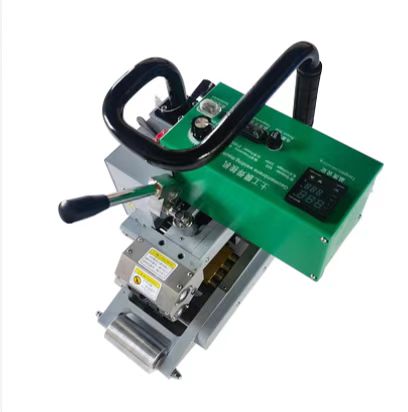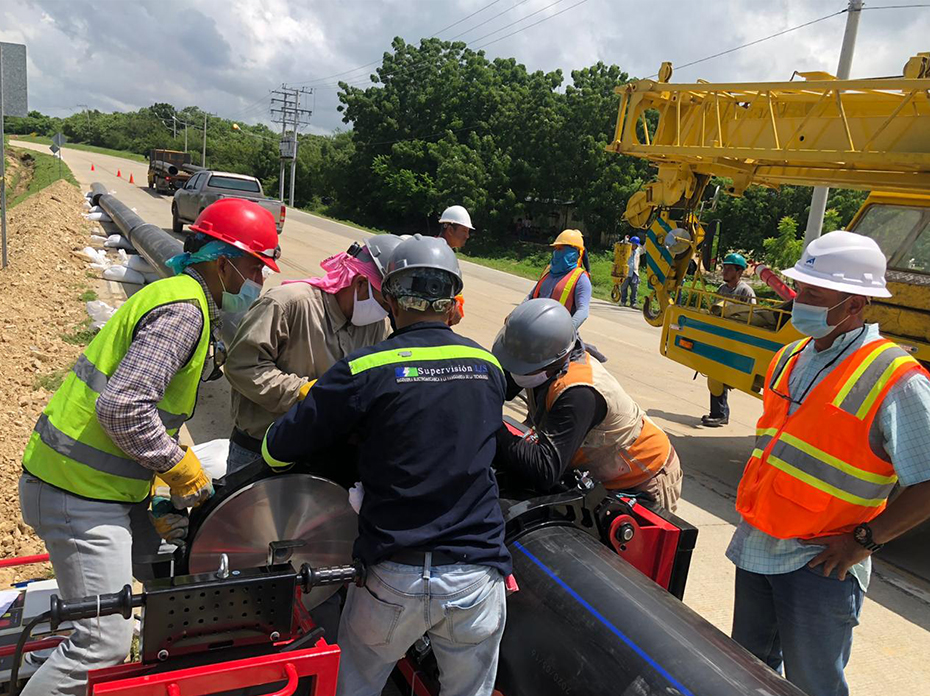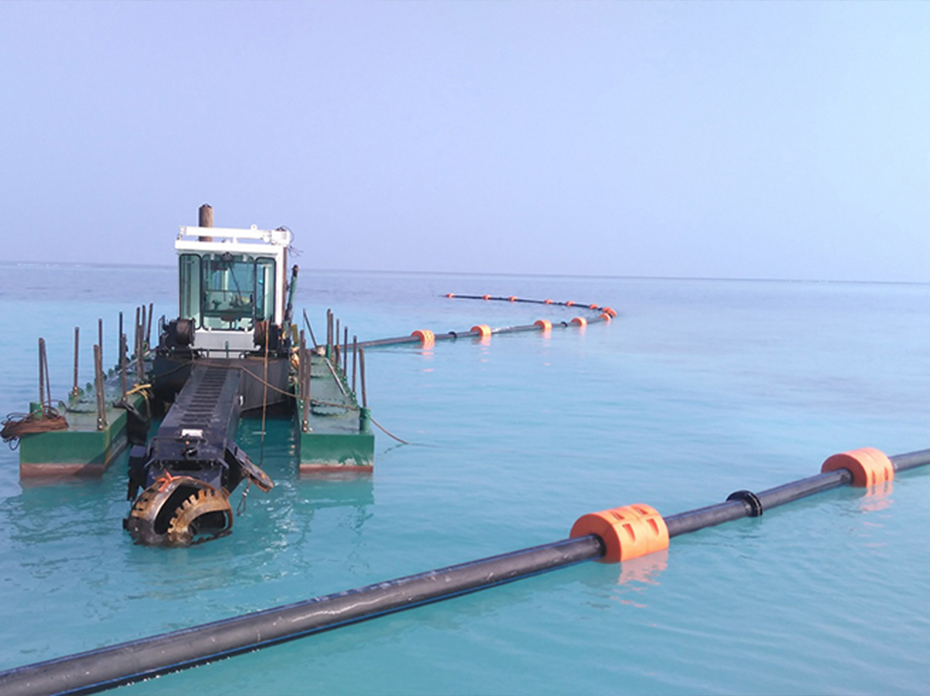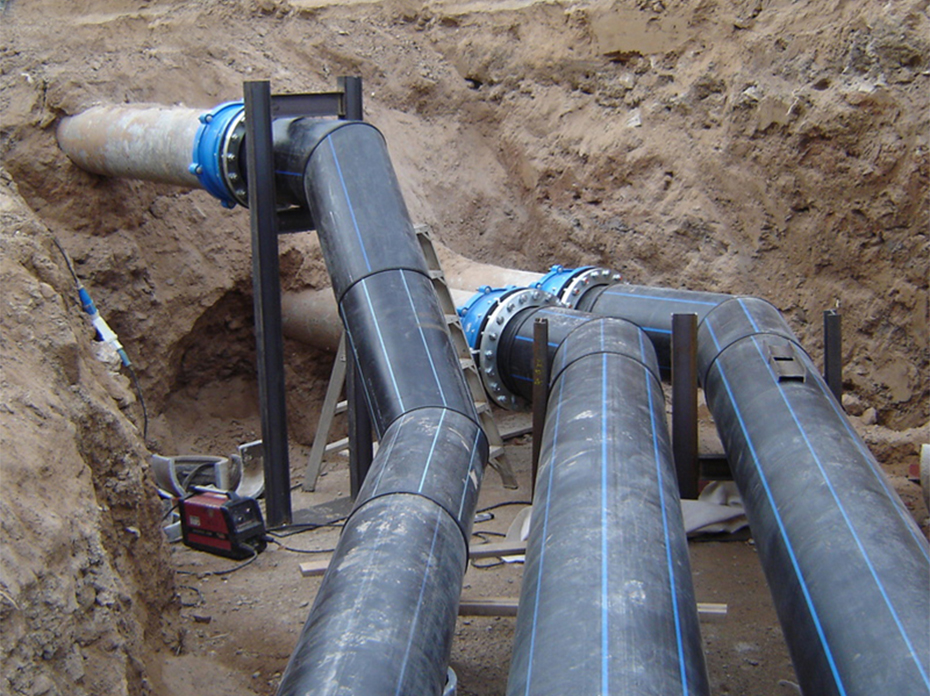Geosynthetic membranes, particularly liners made from high-density polyethylene (HDPE) or reinforced polyethylene (RPE), offer superior performance compared to traditional clay or concrete liners. Their advantages stem from a range of favorable characteristics, including impermeability, durability, cost-effectiveness, and ease of installation.
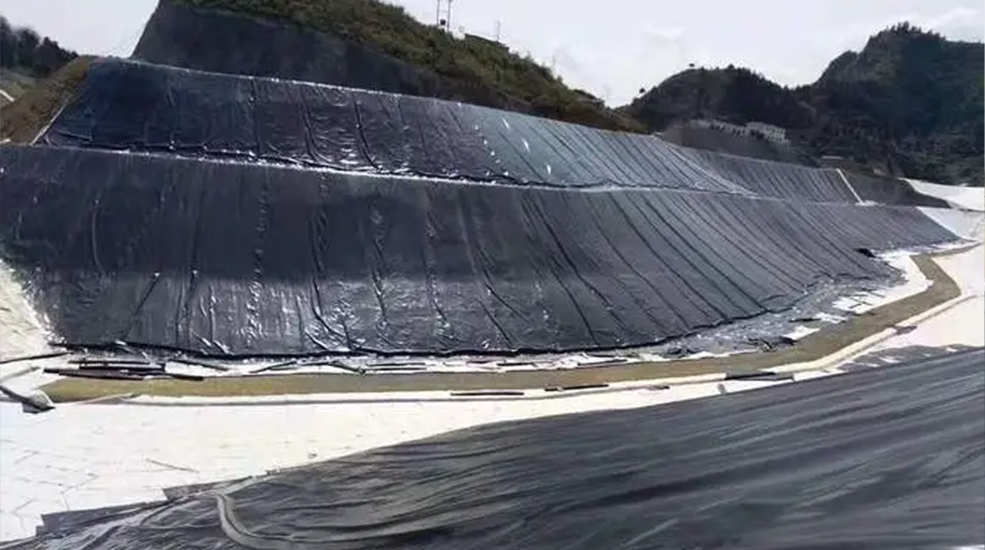
Impermeability
One of the most crucial functions of a liner is to prevent leakage and seepage. HDPE and RPE geomembranes, through careful design, possess high impermeability, forming robust barriers against liquids and gases. Their low permeability far surpasses that of compacted clay liners, which are prone to cracking and shrinkage over time. Concrete may also develop cracks due to temperature changes, chemical erosion, or settlement. In contrast, HDPE and RPE liners offer continuous, seamless barriers.
Chemical Resistance
HDPE and RPE liners exhibit excellent resistance to various chemicals, making them highly suitable for industrial waste containment, mining operations, and agricultural applications. They can withstand corrosion and degradation even in harsh environments. In contrast, clay may be eroded by certain chemicals, and concrete is susceptible to acid erosion and sulfate damage.
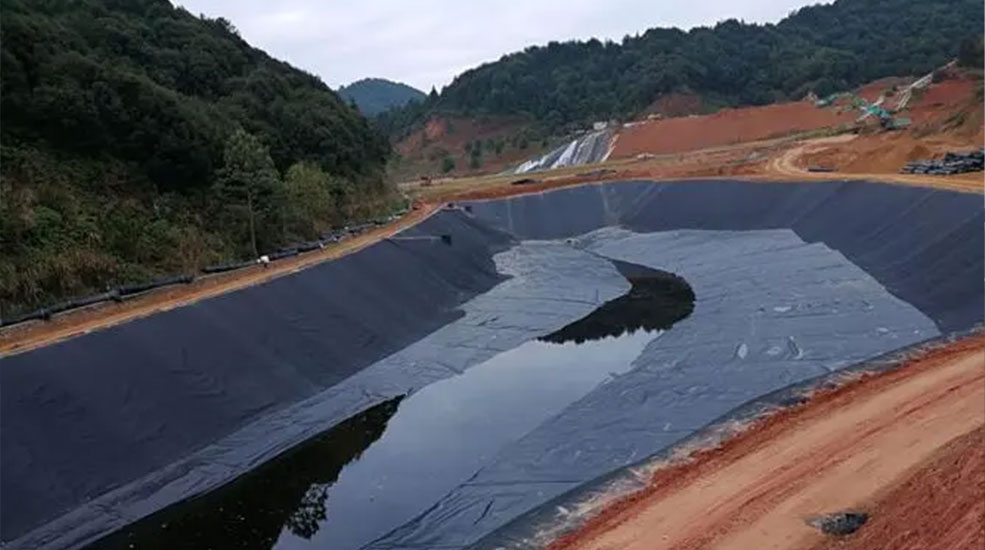
Ease of Installation
The installation of HDPE and RPE liners is relatively straightforward. They can be welded together to form large and continuous sheets with minimal seams, reducing the risk of leaks. Compared to laying concrete or compacted clay layers, the installation process is faster. This simplified installation process can save a significant amount of time, particularly for large-scale projects.
Durability and Lifespan
HDPE and RPE liners are renowned for their exceptional durability. They possess the ability to resist UV radiation and extreme temperatures, maintaining long-term stability even in adverse environmental conditions. Their flexibility allows them to accommodate ground movement and settlement without cracking. In comparison, concrete and clay liners are more rigid and may crack under similar conditions, thereby diminishing their effectiveness over time.
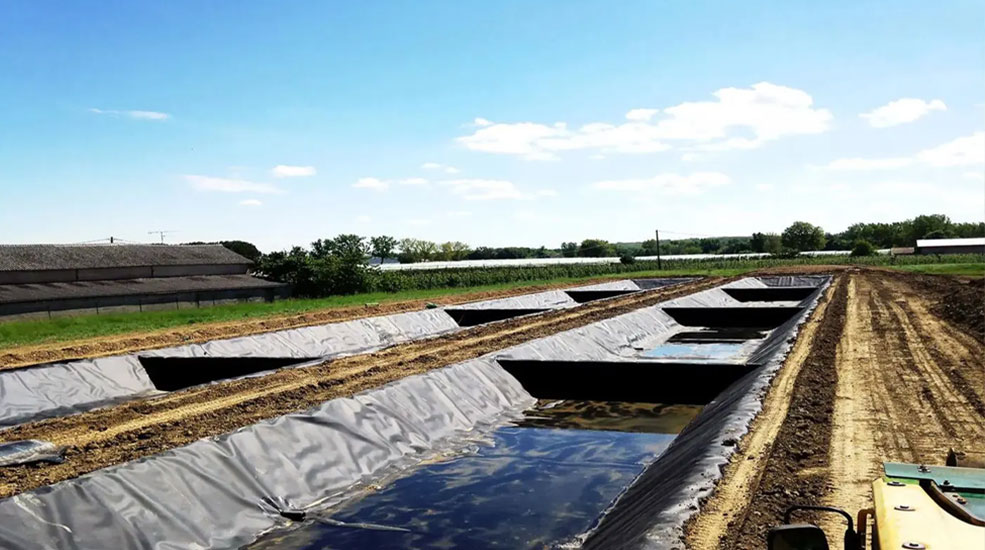
Cost-effectiveness
From a cost perspective, geosynthetic membrane liners are more economical than concrete. HDPE and RPE liners are lightweight, reducing transportation costs. Furthermore, the ability to prefabricate them to precise dimensions simplifies the installation process and reduces labor costs. In contrast, clay and concrete liners typically require extensive site preparation and skilled labor, thereby increasing costs.
Conclusion
In summary, geosynthetic membrane liners have wide-ranging applications in various fields. Their superior performance makes them an essential tool for protecting the environment, enhancing engineering quality, and achieving sustainable development. Whether in agricultural engineering, water resource management, or waste containment, especially liners made from HDPE or RPE, geomembranes outperform traditional clay or concrete liners in terms of performance.
You are welcome to : phone call, Message, Wechat, Email& Seaching us, etc.




